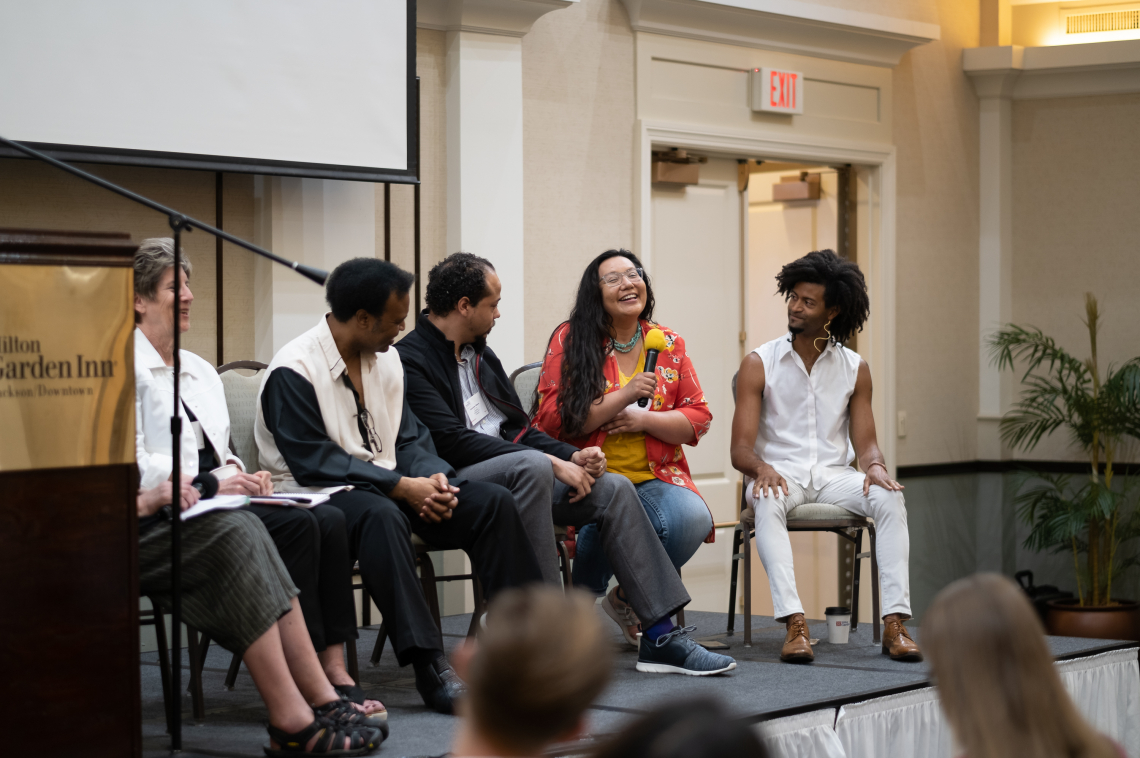
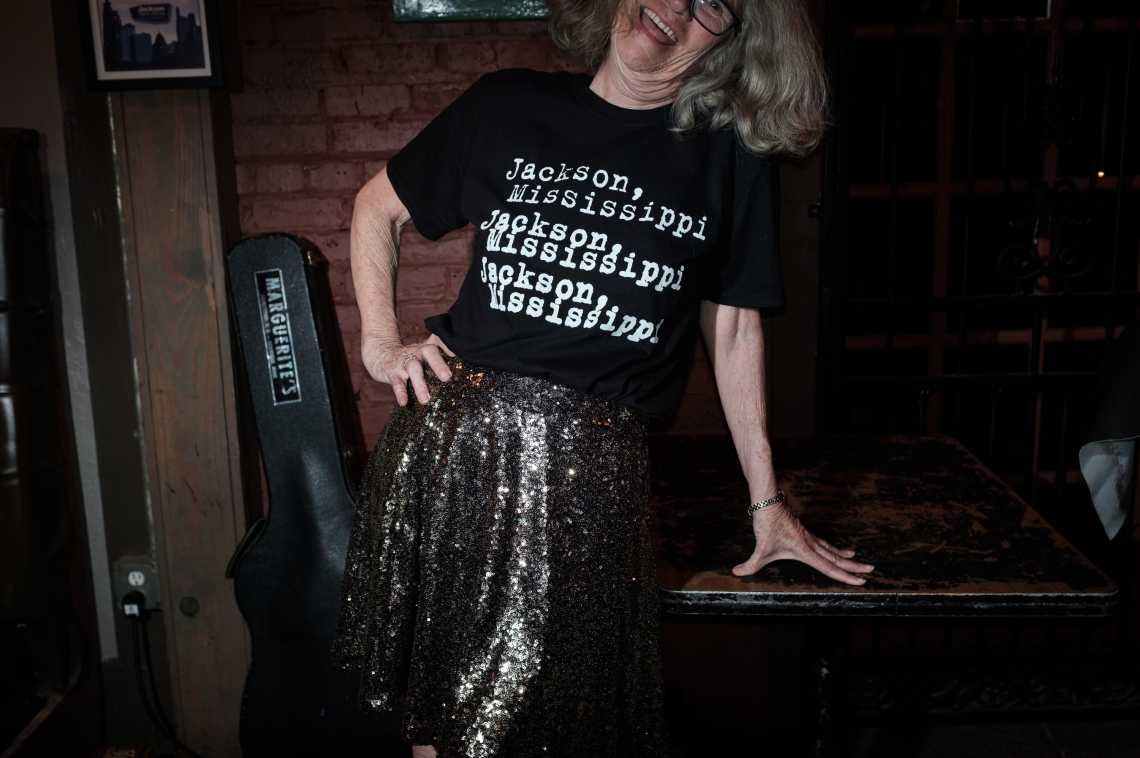
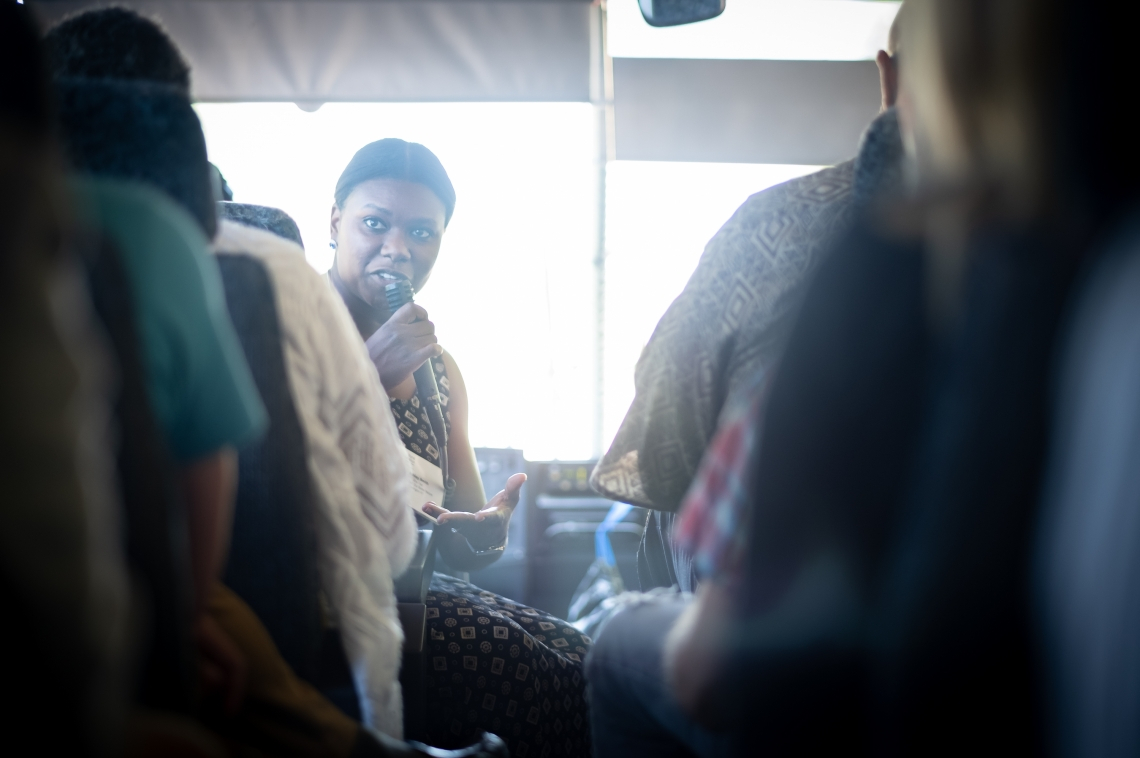
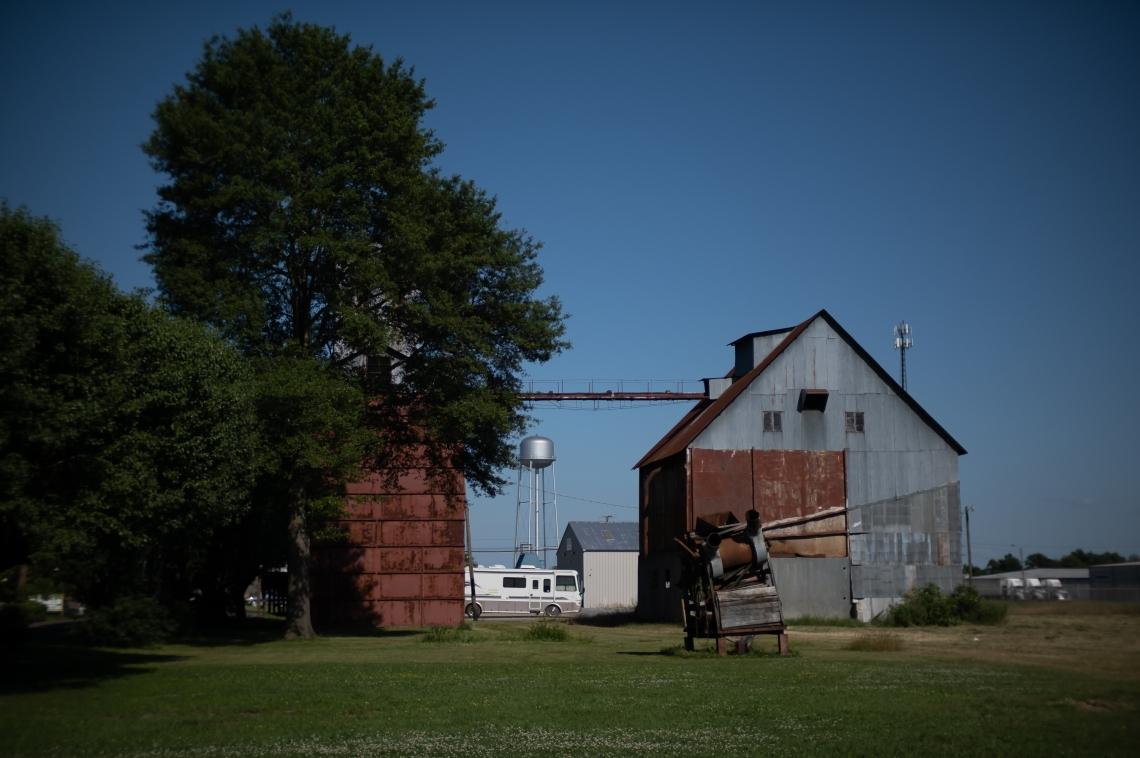
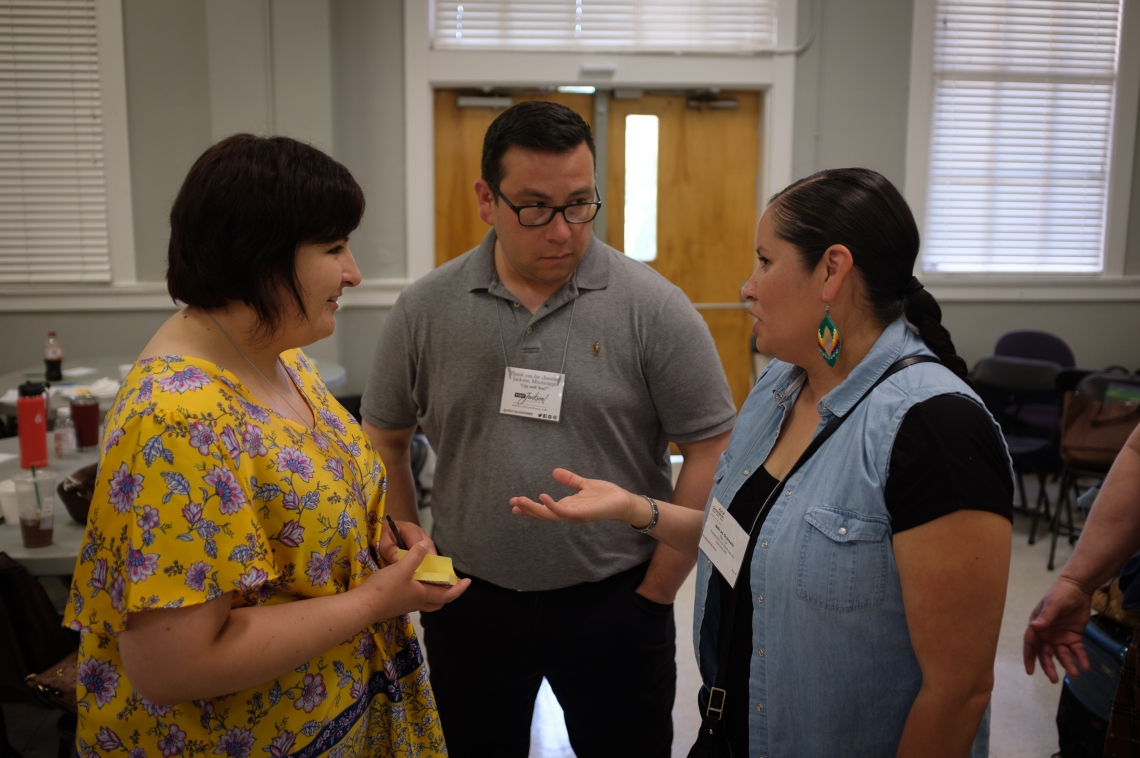
During her remarks welcoming participants to the 2019 Rural Generation Summit, Savannah Barrett of Art of the Rural quoted a poem by George Ella Lyon that sent warm murmurs of understanding and appreciation through the crowd:
The meadow does not know
about the stock market.
Today she is worth
exactly what she was worth
yesterday, a year ago, at creation.
…
Meadow life
is not money. What rises
and falls here are stems
and flowers, leaves and fruit.
...
Here God gives of her
extravagance and here, like
flicker, viceroy, dragonfly
we come into our inheritance.
The poem touched on several major aspects of rural life and creative placemaking that this Summit—held May 22 - 24 in the Mississippi Delta—was organized to explore.
One was the importance and benefits of listening to one’s environment, and the acute awareness rural people have of their land that inspires responsibility and collegiality. As Barrett said, “This regard for land and connection to place instructs us toward the values of neighborliness, and teaches us how to be in relationship with our neighbors and countrymen. People and places in rural America and Indian Country have a great deal to teach the rest of the nation about connection, stewardship, and listening.”
The verses also called up monetary investment, a subject broached by the next speaker, Helicon’s Holly Sidford, who had recently reported that only 2 percent of arts philanthropy nationally goes to support rural organizations, and only 10 percent goes to support organizations led by and serving rural Americans, residents of Indian Country, or people of color. While the meadow doesn’t know about the stock market, meadow dwellers do.
Over the course of three days, Summit attendees were immersed in rural Mississippi sights, sounds, and tastes through trips to Sipp Culture in Utica, Hinds Community College in Raymond, the B.B. King Museum and Delta Interpretive Center in Indianola, and the Smith Robertson Museum and Tougaloo College in Jackson.
Evelyn Immonen of the Housing Assistance Council wrote a reflection on her experience at Rural Generation for the Citizens Institute on Rural Design. One of her insights was expressed in various ways by other participants, many of whom noted that, while their urban counterparts had been un-following their conservative friends, rural residents are bound by their smaller numbers and shared places to persevere through differences and stay working together:
“To me, I think that the neighborly-ness I saw from everyone I met that week strengthened what it means to have a program designed for citizens of rural towns—we’re going to take care of each other.”
Other themes heard in conversations throughout the Summit included:
- The usefulness of humor and flexibility in creative placemaking work. More than one Appalshop staff member, when disagreeing with a colleague, would moderate their conversation with a spirited interjection of “Love your heart!”
- Rural organizers’ desire and work to tell the untold stories of their people: to amplify the truth that there is more to life in these places than poverty, addiction, and disinvestment. There is also great creativity, joy, and possibility.
- As a creative placemaker, the contrast in responses we get by asking our community “What do you need?” versus “What do you want to make?” How we frame our approach can shape how our project feels: utilitarian or creative? sympathetic or celebratory?
- Community-led processes take time—which is frustrating, but also evidence that they are democratic and participatory. A “top down” approach will almost always produce faster results, but many people’s visions and perspectives will be left out. If your project feels like it’s taking a long time, consider whether that might be a good thing.
- Seeming opposites can coexist. At the Summit’s closing plenary, Jamie Bennett of ArtPlace quoted Eartha Kitt’s “Here’s To Life”:
I had my share
I drank my fill
And even though I’m satisfied
I’m hungry still
Bennett concluded that it is possible to see rural America as just like urban America—and yet different. That we can recognize the urgency of our work—and still have patience with it. That we—as artists, organizers, neighbors—can be both satisfied and hungry still.
Additional resources:
- Read Evelyn Immonen’s Summit reflections in their entirety on the CIRD website.
- Lori Pourier (Oglala Lakota) of First People’s Fund introduced Summit participants to IllumiNative, a new nonprofit initiative designed to increase the visibility of—and challenge the negative narrative about—Native Nations and peoples in American society.
- Pam Breaux of the National Assembly of State Arts Agencies introduced NASAA’s new action guide, “Rural Prosperity Through the Arts & Creative Sector.” Produced by the National Governors Association Center for Best Practices, the guide offers creative policy solutions that draw on home-grown arts and cultural assets to address the urgent problems facing rural America.





